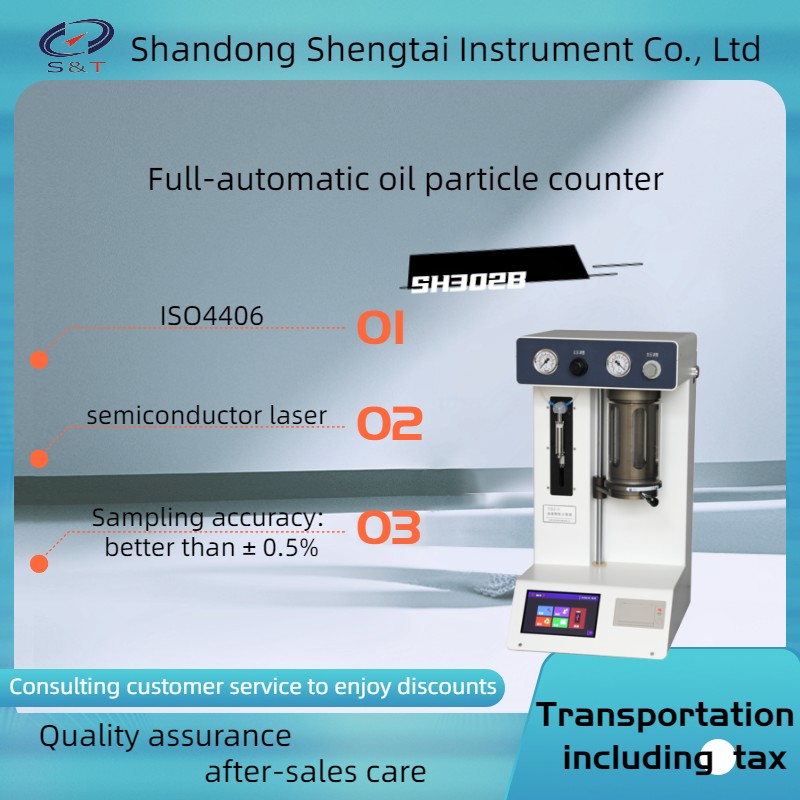The "Oil Particle Size Analyzer" is mainly used to detect the quantity and distribution of solid particles in oil. There are three most commonly used standards for oil particle size analyzers, NAS1638 standard. According to the maximum allowable number of particles in the 5-15, 15-25, 25-50, 50-100, and 100um size range of the oil, it is divided into 14 pollution levels. The particles measured in each size range often have different levels, Generally, the highest level is taken as the level of oil contamination.
The other is the ISO4406 standard, which uses particle concentration levels of 4um, 6um, and 14um to represent the pollution level counted using an automatic particle counter based on the size of the particle concentration; Three numbers are used to represent the pollution level of ISO4406
There is also a grading standard called "National Military Standard GJB420B Standard": grading is based on the highest particle count in 100ml of oil within the B-E size range.
To quickly and accurately evaluate whether the oil in the hydraulic system is operating at a reasonable level of cleanliness, it is necessary to rely on an oil pollution analyzer. Currently, the particle counting method is widely used for pollution detection. The particle counting method refers to taking a certain volume of sample, allowing it to flow through the particle counter sensor, and using the light blocking method (also known as the light blocking method) to detect the number of particles larger than a certain particle size, Then calculate and display the number or concentration of particles larger than this particle size. For the maintenance of hydraulic systems, selecting a reasonable detection method and implementing accurate, efficient, and reliable detection is the prerequisite and guarantee for achieving reasonable and scientific control of hydraulic system oil pollution.

The SH302B fully automatic oil pollution particle counter uses the "light resistance method" to measure particles, and adopts the classic methods of NAS1638 and ISO4406 in the oil industry. It can be built-in with multiple standards according to user requirements. The precision syringe sampling system achieves constant sampling speed and precise control of sampling volume. Positive/negative pressure sampling chamber device, achieving sample degassing and high viscosity sample detection. Large screen color LCD touch screen, graphical menu display, touch operation, simple and convenient.



